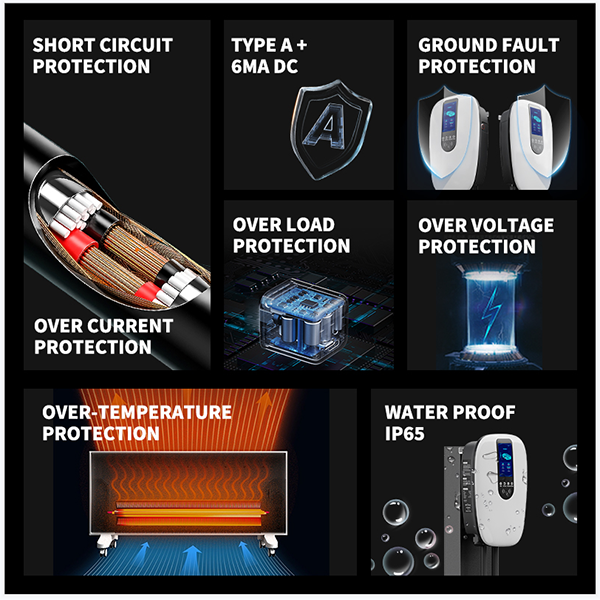
In recent times, the demand for electric vehicles (EVs) has witnessed a remarkable surge, as eco-conscious individuals and governments prioritize sustainable transportation solutions. With the increasing adoption of these eco-friendly vehicles, there arises a crucial need for an efficient and reliable charging infrastructure. Addressing this requirement, a groundbreaking technology has emerged - Communication-Enabled Charging Stations - revolutionizing the way EVs recharge.
Communication-Enabled Charging Stations, often referred to as CECs, go beyond the traditional concept of a charging station. These cutting-edge devices seamlessly integrate advanced communication capabilities, facilitating real-time data exchange between the station and the electric vehicle.
One of the most notable features of CECs is their ability to provide comprehensive charging information to EV owners. Upon connecting their vehicles to the station, drivers can instantly access relevant data such as charging duration, battery status, and even estimated time of completion. This empowers EV owners with accurate and reliable information, ensuring a hassle-free charging experience.
Furthermore, CECs play a pivotal role in optimizing the charging process, as they intelligently adjust charging parameters based on vehicle requirements. Through continuous communication with the EV, the station can dynamically adapt the charging rate and voltage, maximizing efficiency and extending battery lifespan. This adaptive charging capability not only minimizes charging time but also ensures optimal energy utilization.
Safety is another paramount aspect addressed by Communication-Enabled Charging Stations. Equipped with advanced communication protocols, CECs foster secure connections with EVs, minimizing the risk of unauthorized access or potential cyber threats. Additionally, these stations incorporate built-in safety features such as overheating protection and short-circuit prevention, ensuring the well-being of both the vehicle and its occupants during the charging process.
The integration of CECs also opens up possibilities for a smarter and interconnected electric vehicle ecosystem. These stations can enable vehicle-to-grid (V2G) communication, allowing EVs to share excess energy back to the power grid during peak demand, thereby contributing to grid stability and reducing reliance on non-renewable energy sources. Moreover, with seamless connectivity, CECs can potentially support future developments such as autonomous charging and remote fleet management systems.
As electric vehicles continue to gain popularity, the deployment of Communication-Enabled Charging Stations emerges as a crucial advancement in the evolution of the electric vehicle infrastructure. These stations not only enhance the efficiency and convenience of EV charging but also pave the way for a sustainable and intelligent transportation future.
In conclusion, the introduction of Communication-Enabled Charging Stations signifies a remarkable leap forward in the realm of electric vehicle infrastructure. Empowering EV owners with real-time data, optimized charging processes, and enhanced safety, these stations are propelling the growth and adoption of electric vehicles worldwide. With a focus on sustainable transportation, the integration of CECs plays a transformative role in shaping our future mobility landscape.
Eunice
Sichuan Green Science & Technology Ltd., Co.
0086 19158819831
Post time: Mar-26-2024





